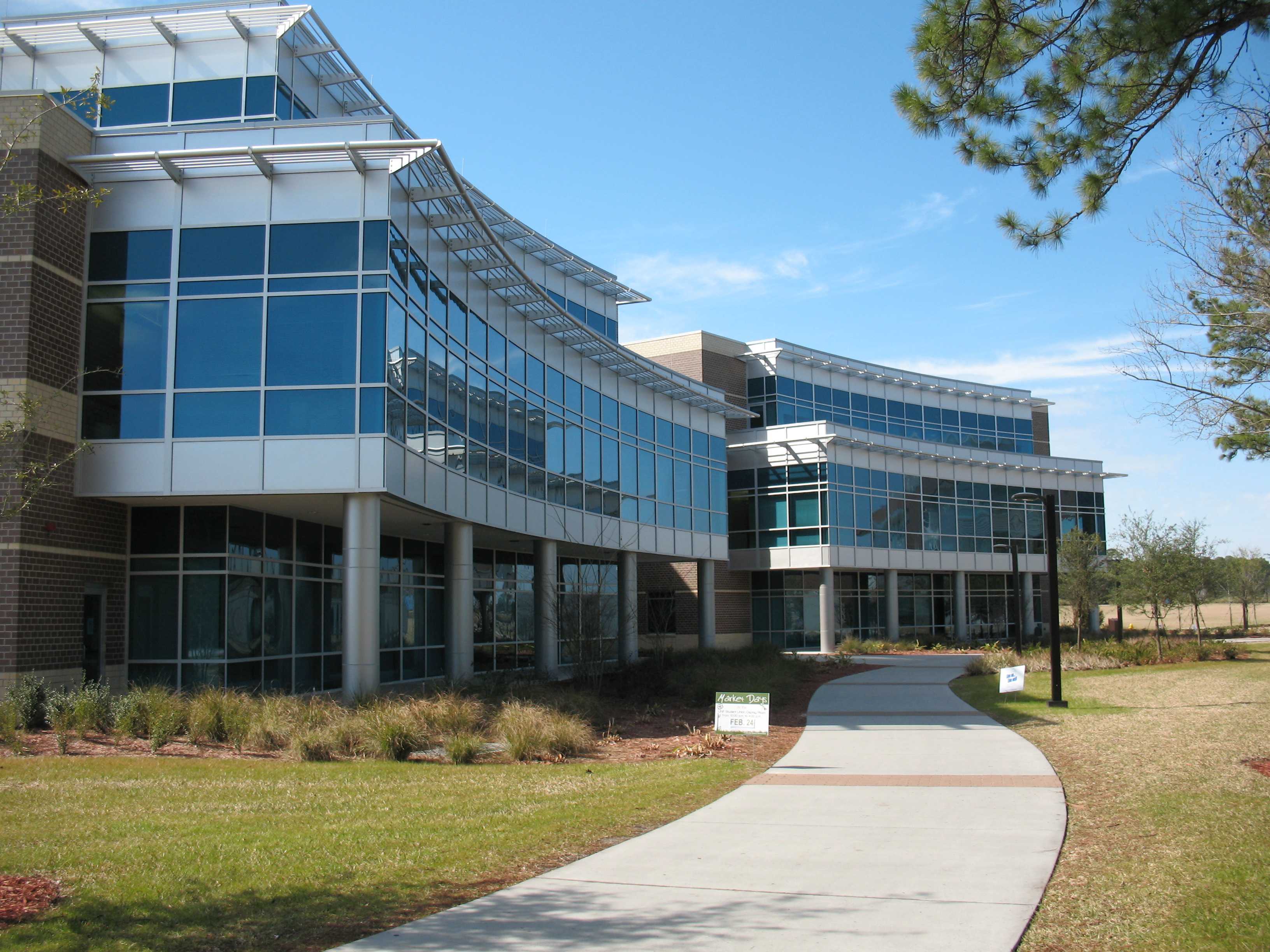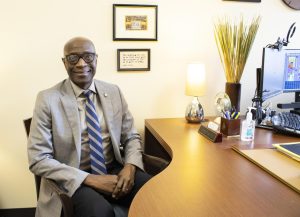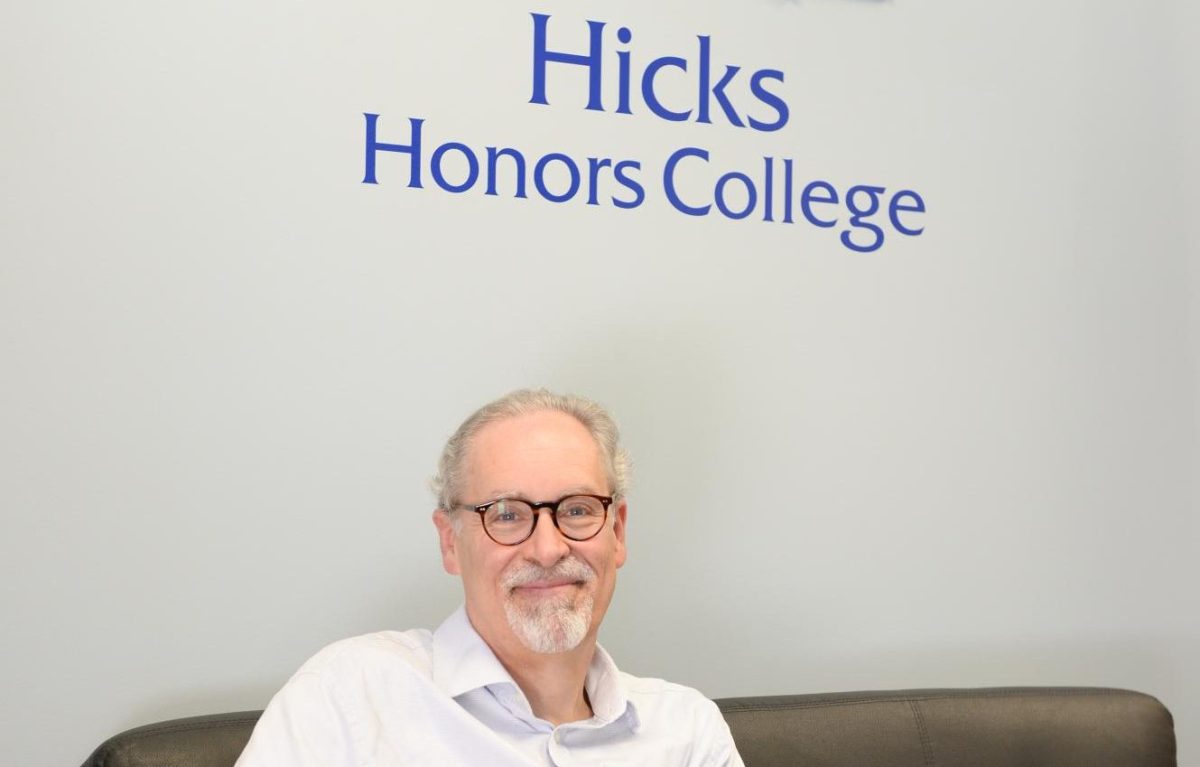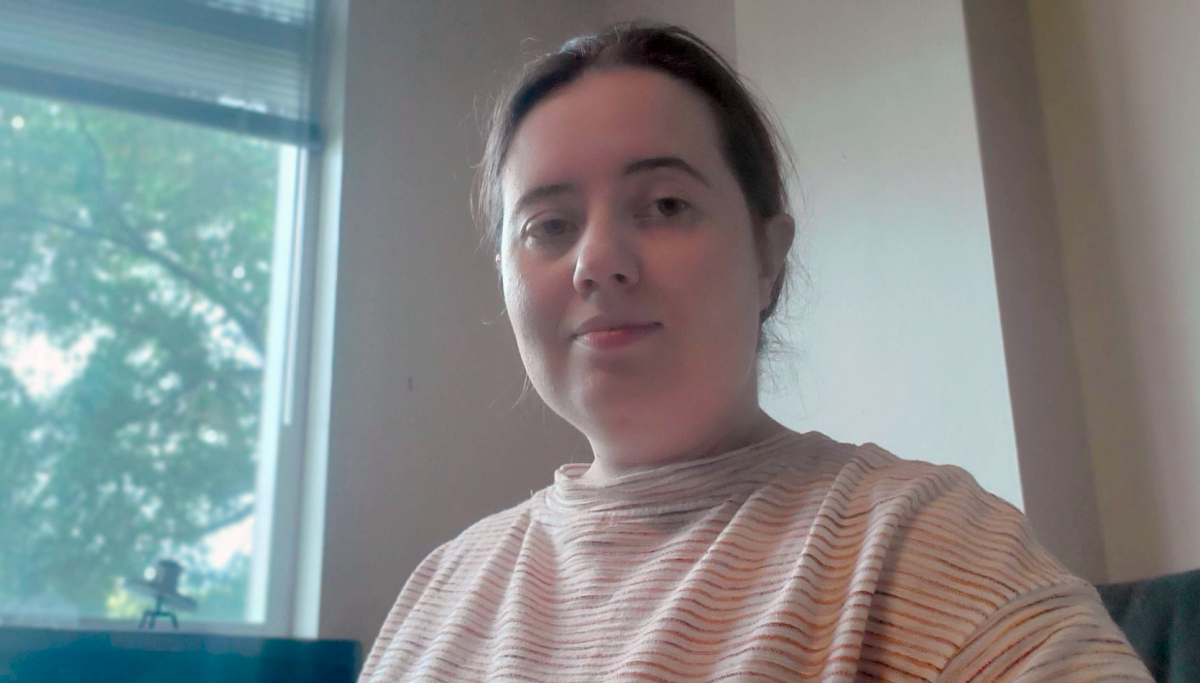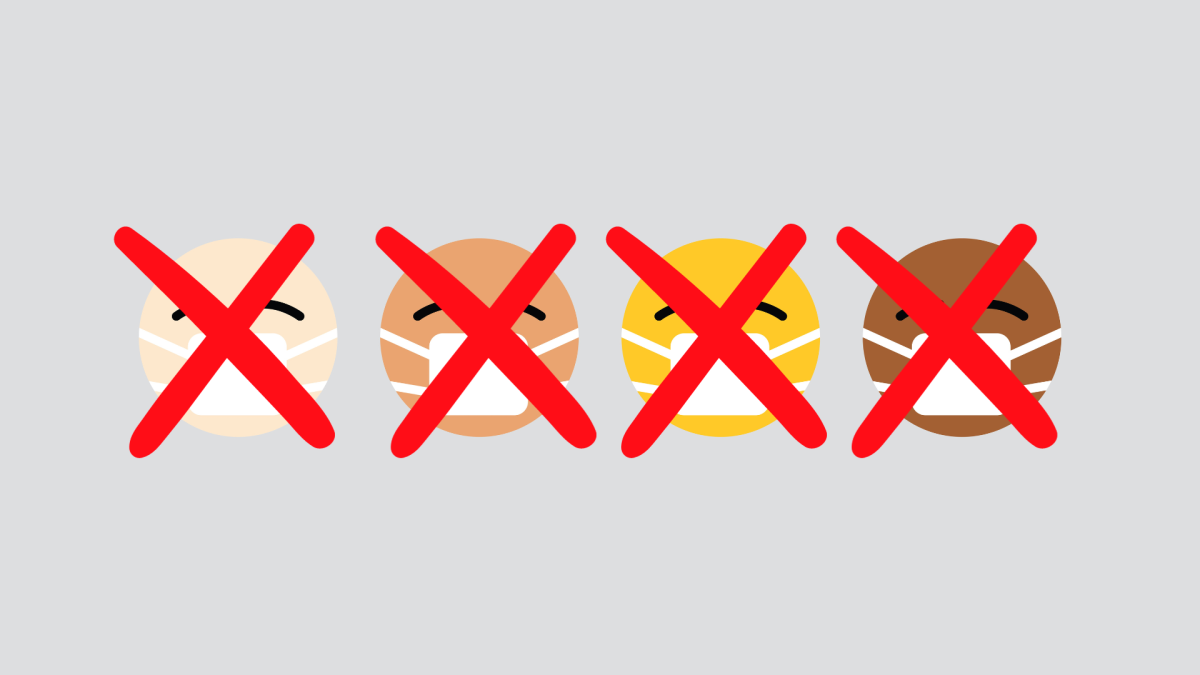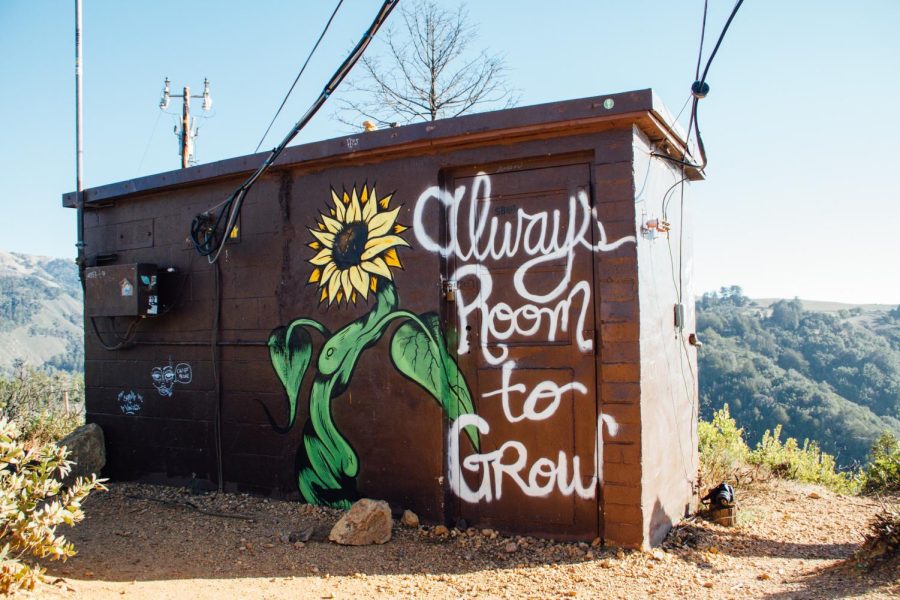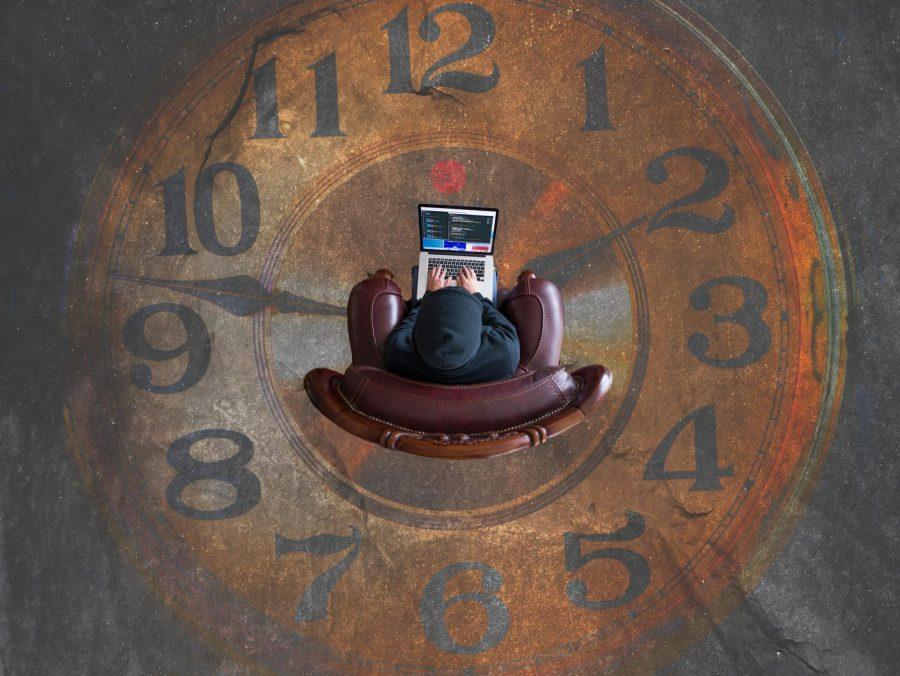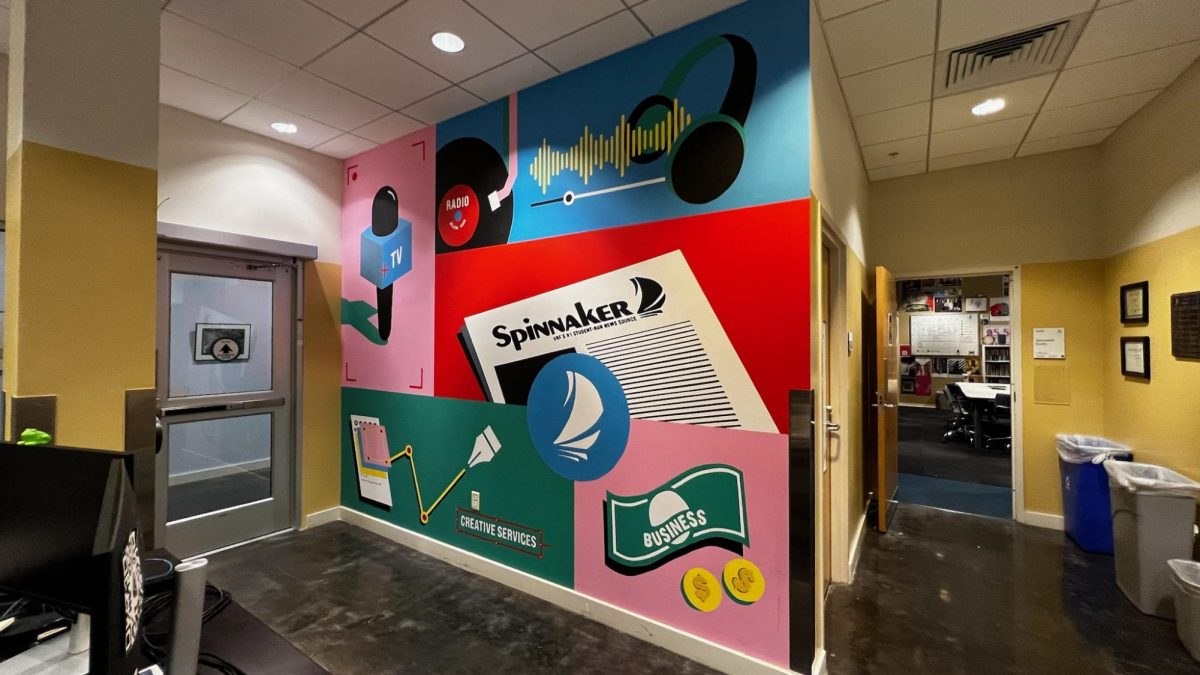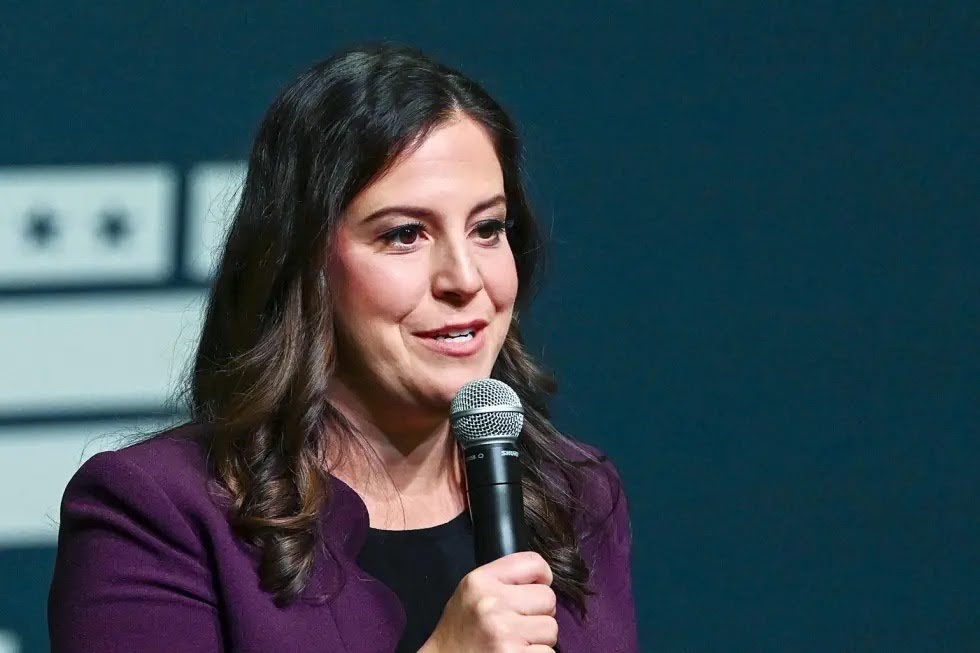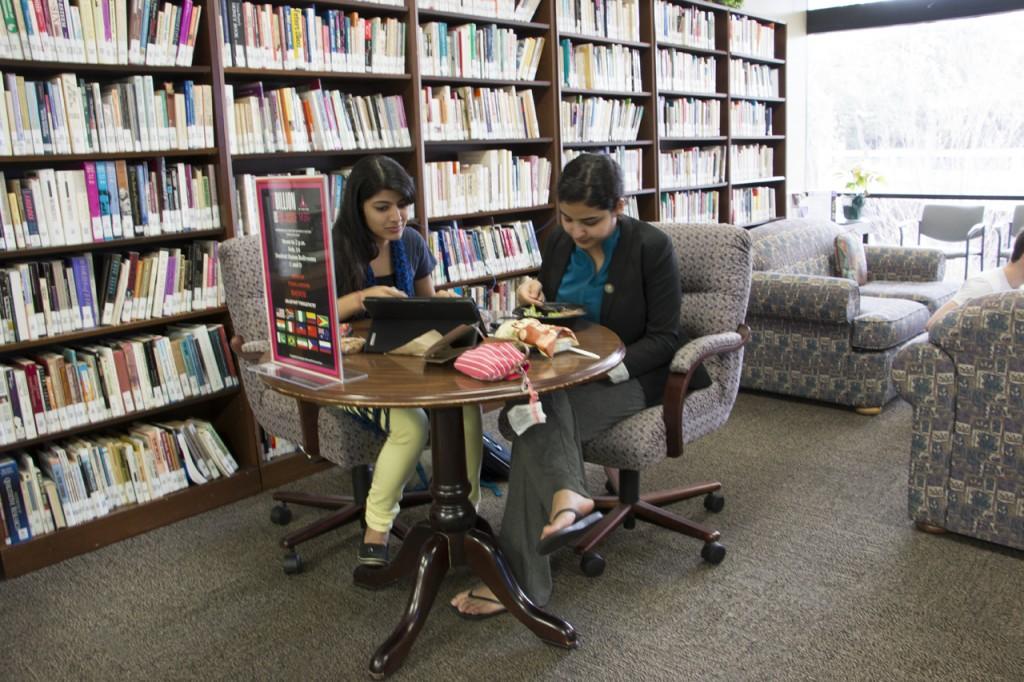
Photo by Bronwyn Knight
Why is there no Men’s Center on UNF’s campus? Sheila Spivey, director of the Women’s Center, said more women than men have asked her this question.
In the event a male approaches Spivey about a men’s center, Spivey said she asks what services he would want in a men’s center. Spivey said she’s never gotten a reply.
Men don’t have issues to talk about.
Or is it their ability to acknowledge issues and society’s willingness to accept them?
The reason behind a women’s center is to deal with issues of gender inequality. In the past, women have been excluded from education, according to a Gettysburg College article on why there is no Men’s Center. Women are still earning less per dollar than men. The Women’s Center aims to equalize the playing field, Spivey said. The Women’s Center tries to do this through events, education programs and research initiatives.
The Women’s Center provides valuable resources for both genders.
The victim advocacy program and a 24-hour crisis hotline are offered in the events of sexual or domestic violence. Although these services are open to both genders, the Women’s Center first proposed these services, Spivey said. This isn’t to say men don’t face similar challenges, but these issues are more prevalent in the female community, Spivey said.
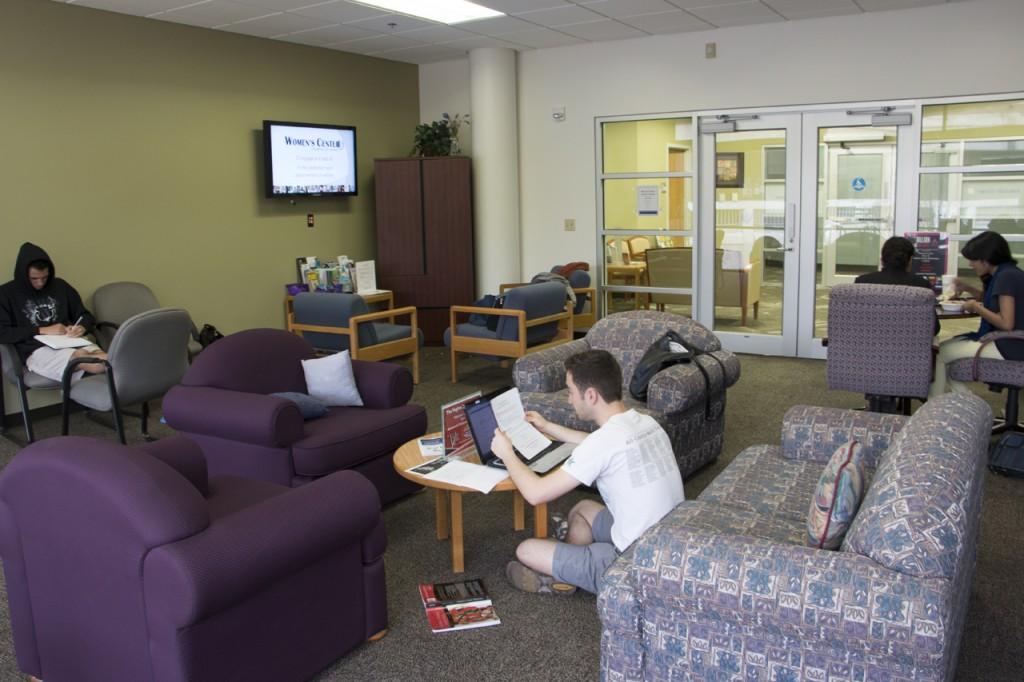
Photo by Bronwyn Knight
Men are four times more likely than women to commit suicide between the ages of 20-24, according to the American Association of Suicidology.
Fewer men attend college than women, according to the National Center for Educational Statistics.
Men’s life expectancy is five years shorter than women’s, according to the American Psychological Association.
Men commit over 70 percent of major conduct violations, according to the University of Oregon.
And possibly the most important statistic: men are less likely to seek help than females, according to the American Physiological Society.
These issues deserve a safe space too.
It’s not that these issues are male-exclusive, the same way many of the issues the Women’s Center focuses on are not female-exclusive. The difference comes down to nothing more than stereotypes. These male-prevalent issues often get swept under the rug in exchange for the idea than men are “tough” and “don’t need help.”
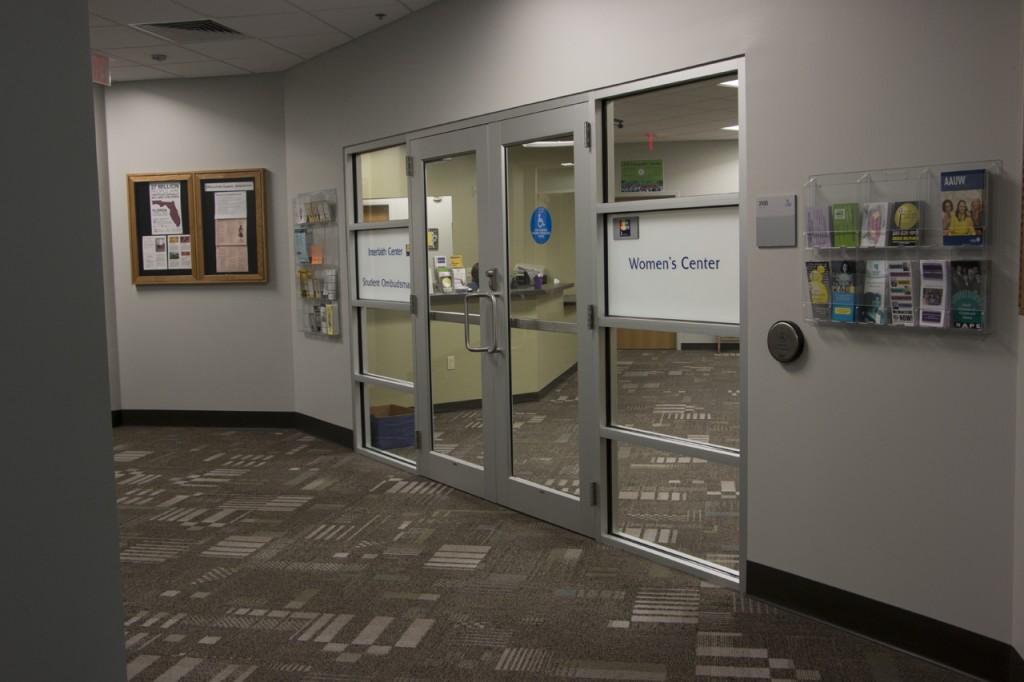
Photo by Bronwyn Knight
A USA Today College article concerning men’s centers on college campuses said some men may conform to stereotypes of masculinity out of pressure.
Some who refuse to conform to these stereotypes say the answer to these issues is a men’s center.
“Men’s centers are important because they invite men to come together and break down the barriers of isolation,” said founder of A Voice for Male Students, Jonathan Taylor, in a USA Today College article.
The University of Oregon seems to agree.
UO created their Men’s Center to address issues more prominent in males that affect males personally and academically and affect the campus environment and safety as a whole.
Two thirds of the people who use the UO Counseling and Testing Center are female, according to UO’s website, showing that men are less likely to seek help than women. UO blames a lack of training in student service professionals pertaining to the current issues men are facing.
I’m not saying implementing a Men’s Center will change gender issues overnight. I do think the first step in helping men is to acknowledge a need and create resources. Without doing so, we’re allowing these issues to continue to go undiscussed. We’re allowing stereotypes to continue to flourish and men to suffer as a result.
I am in no way saying the challenges of men exceed those of women; I am saying both genders have challenges. Sometimes these challenges differ based on gender but sometimes they overlap. Either way, both genders need space to talk about their challenges.
Email Noor Ashouri at [email protected]


